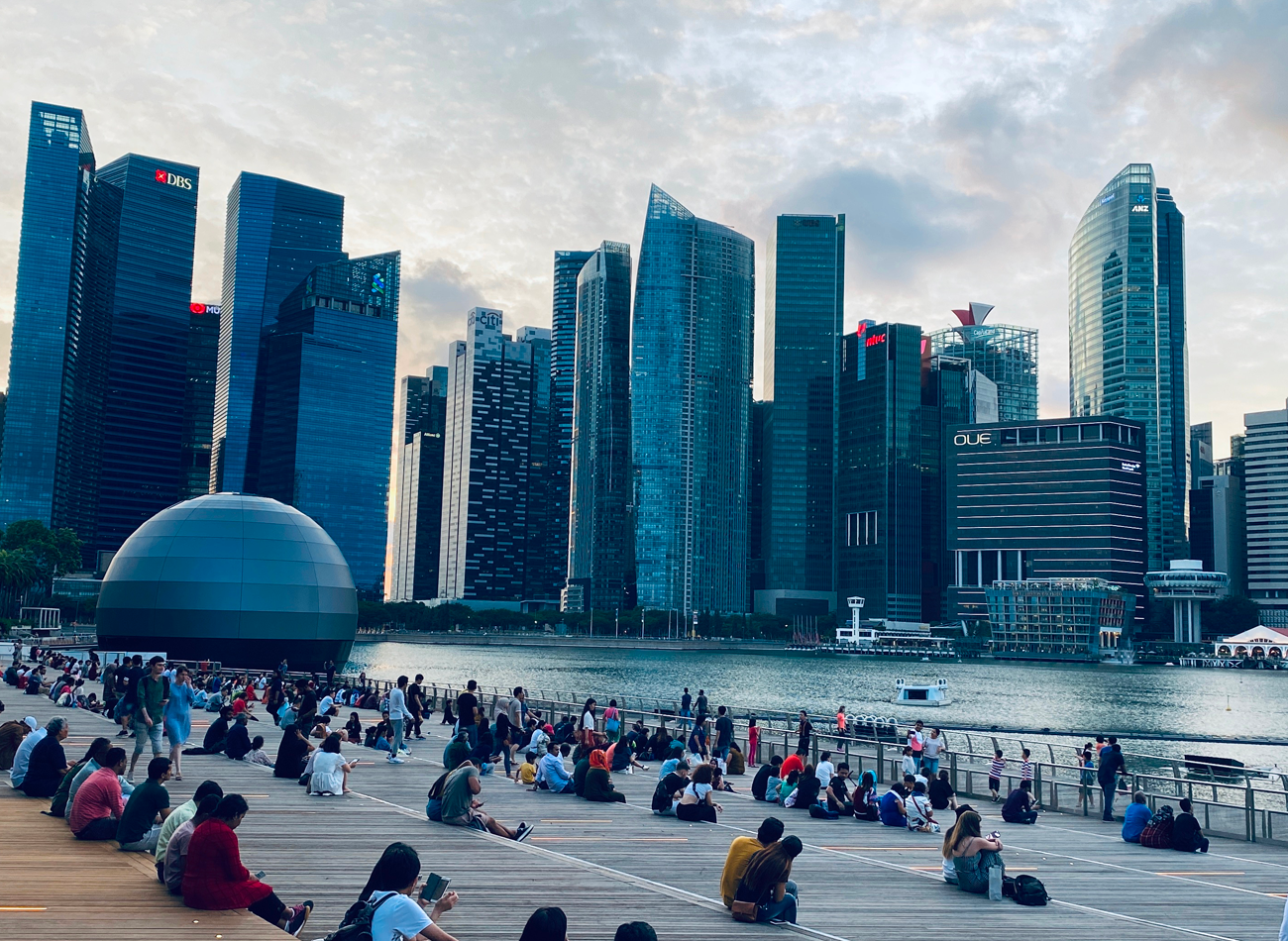All-inclusive design isn’t simply a virtuous concept; rather, it’s absolutely essential. Whether we are working on a public building, a civic center or an office, every design decision made could potentially exclude or alienate end users. To fully support humanity in all its stages there must be no doubt that as we design, we need to do it with diversity in mind.
Architecture should provide every member of a community to thrive! Everyone should feel comfortable and welcome in all building spaces. In order to reach this goal consider these 5 strategies to project an All-Inclusive design:
Look at the demographic factors
Analyze the end user. Their age, gender, cultural beliefs, ethnicity, physical capabilities, etc. All of these factors can impact how an end user experiences a facility. By implementing features that speak to the needs and comfort of people from all walks of life, you can reduce end-user stress and provide everyone with comfortable and efficient access to all of a building’s services.
Get community feedback
The most important stakeholders of a project are the users of a building. Conduct community surveys and/or hold meetings with support groups in the area to understand exactly what people need and don’t need in a building to feel comfortable.
As architects we should not to underestimate the value of local knowledge that can be tapped into. Bringing together the architect’s skill set as an enabler with residents’ insider knowledge in an effective way will deliver the strongest outcome.
Acknowledge your biases and privilege
Do research to gain awareness of the issues that impact members of the community you are planning for. You might not be aware of their hurdles if you don’t experience them on a daily basis. Every project is different, so there are no cut-and-paste solutions. Decisions should be taken based on gathered evidence rather than our outsider’s abstract assessment.
Create a more equitable work environment
Architecture and design firms need to strive for a more equitable work culture. From recruitment, pay and promotion equity and engagement in the development of every project, firms need to intensify efforts to create an inclusive workplace. Research has shown us that a diverse workforce increases creativity, productivity, debate, and problem-solving among companies.
Focus on the EQUALITY of the experience
This not only implies meeting the bare minimum accessibility standards. That’s not enough. We are suggesting that you seamlessly incorporate details and solutions that feel natural to everyone and don’t single-out some visitors from others. For example, incorporating several entrances to welcome people no matter where they are approaching the building from.
By eliminating points of exclusion in your design and strategizing to make features work for everyone you can provide easy, comfortable experience in your projects
The pursuit of inclusive design is fundamentally important not only because it provides access to people with varying abilities, but also because it avoids the stigmatizing effects of designs targeted specifically to a particular audience. An inclusive built environment goes beyond projecting prescribed guideline dimensions. It also should consider the psychological and emotional impact on people. Inclusive design should not be considered a marginal commitment but a catalyst for equality.





Leave A Comment